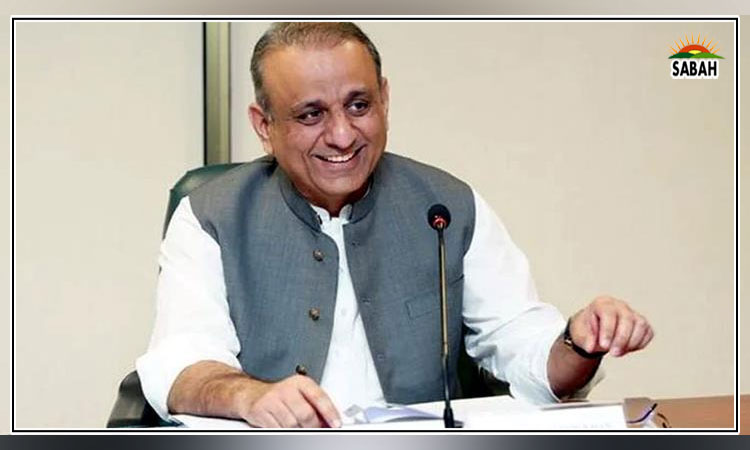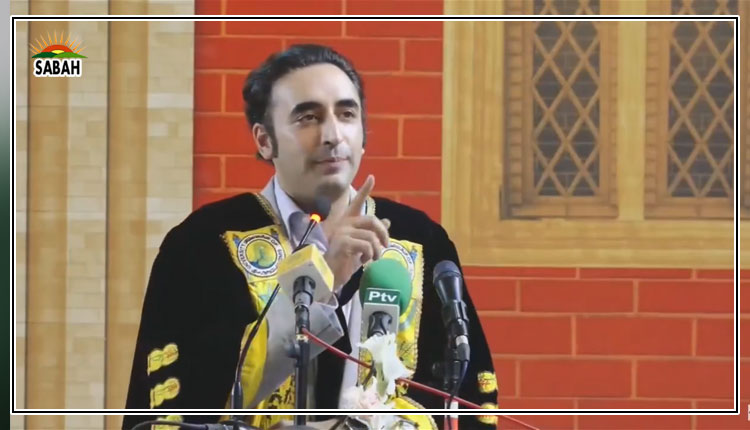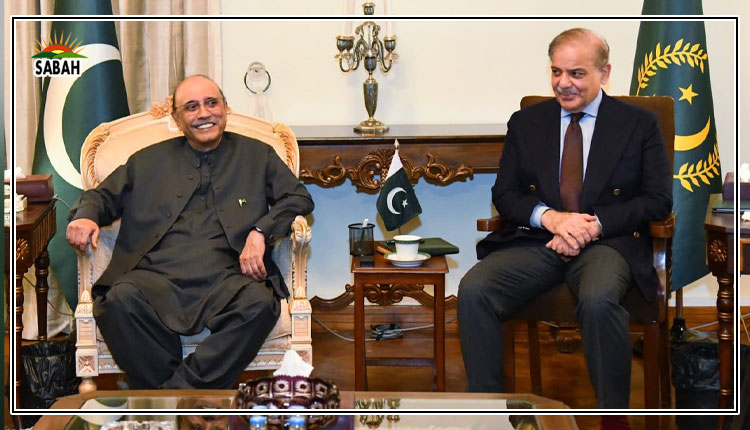State Bank’s blind spot…Khurram Husain
IN its latest State of the Economy report, the State Bank has an interesting chapter on inflation dynamics in Pakistan that is worth a close read. It is an ambitious effort, probably the most ambitious that I have seen so far, to study the determinants of inflation in Pakistan and try to discern the relative weight that each of the factors studied has in driving inflation.
But not all ambitions are destined to be fulfilled. Sadly, the effort fails to produce a convincing argument, and for good reason. Part of the reason is because there are glaring blind spots in the way the authors build their variables before plugging them into their model.
They start by noting that [m]ost previous empirical research suggests that inflation in Pakistan has been significantly a monetary phenomenon. But then, they turn to the latest bout of inflation which started in 2021 and is continuing today. Regarding this, they come to a very different conclusion.
Unlike the previous episode, money supply (excluding budgetary borrowings) has not been a major contributor to inflation in the ongoing episode, even though its contribution was noticeable in FY18 and FY19. During the peak pandemic years FY20-21, its contribution to inflation decreased compared to the preceding two years, despite growth in private sector credit amid monetary easing. Following the reversal of monetary policy easing and continuous tightening since FY22, the estimated contribution of money supply (excluding budgetary borrowings) to inflation has turned negative.
The chapter reads like an elaborate exercise by the State Bank to absolve itself of responsibility for the inflationary fire.
This is interesting because it runs against what all previous research has said about inflation in the country, as well as much of what a basic study of the underlying monetary aggregates in Pakistan during this time period would suggest. So what do the authors ascribe the latest bout of inflation to?
[T]he prominent driver of inflation during the ongoing episode has been fiscal policy, particularly after FY21 amid high fiscal deficits, they write. In their model they define an expansionary fiscal stance as a rising ratio of government borrowing to FBR revenues. Then they separate money supply, fiscal stance and exchange rate depreciation as distinct variables, along with a few others such as uncertainty and inflation expectations.
But therein lies a sleight of hand, a blind spot, that their own methodology constructs, yielding up results that dont tell us very much at all. For one, using government borrowing as a ratio of FBR revenues as a proxy is fine, except in a situation where a significant amount of that borrowing is financed with injections into the banking system of printed money by the State Bank via long-term Open Market Operations, which are rolled over and left outstanding for extended periods of time. During this period, the amount of money outstanding under these OMOs crossed 20 per cent of broad money supply, but this vast monetary overhang lies in the blind spot of the authors methodology. As a friend put it, this is like the drug dealer saying the problem is the addiction, not the drug.
Another problem arises when studies such as these separate out money supply and exchange rate depreciation. It bears repeating that the exchange is a monetary variable and should not be separated from monetary factors. What is the exchange rate, after all, if nothing more than the price of money? It is the price you have to pay in rupees to procure one unit of foreign currency, whether from the open or the interbank market. That is all. This is not rocket science.
Once you understand this, it is easy to see that the exchange rate expresses the movements in the monetary variables and is not an independent variable, separate from monetary factors. If you want to see this in the data, do a simple exercise. Plot the ratio of net foreign assets and net domestic assets since 2015 to the present, and on the same graph, plot the exchange rate over the same period. Notice what happens around 2017. You will see a near one-to-one correlation between the two. As the ratio falls, the price of the dollar rises. Simple. Less foreign currency liquidity in the system versus rupee liquidity means a rise in the price of the dollar. When you have too many rupees chasing too few dollars, the price of the latter rises. I repeat, this is not rocket science.
Yet another problem arises in these kinds of studies that look at correlations between different variables in search of causality. There are sustained periods in Pakistans economic timeline where inflationary pressures are dissipated through channels other than the price level. In situations where the government keeps exchange rates artificially fixed, and finances the resultant drain on foreign exchange reserves with borrowed inflows, models such as these will not see any correlation and the researcher might be tempted to conclude there is no relationship.
But the facts would be otherwise. The relationship would be there, but masked under a flawed economic policy. During these years what might otherwise be inflation in the country would be dissipated by the trade deficit, putting pressure on the reserves, which might be replenished with borrowed money. The State Bank can consult its own quarterly reports from the period 2014 to 2017 for an example of how this works. In those reports, it repeatedly warned the government that one-off inflows of the sort Mr Ishaq Dar was bringing in was no way to finance an otherwise unsustainable external sector situation.
The whole chapter reads like an elaborate exercise by the State Bank to absolve itself of responsibility for the inflationary fire that engulfed the country in the last few years, and that continues to burn today. But what is more important at this point is for the State Bank to acknowledge its own role in lighting this fire, rather than trying to deflect blame. Only after they have done this can we take seriously the other remedies they wish to propose.
Courtesy Dawn












